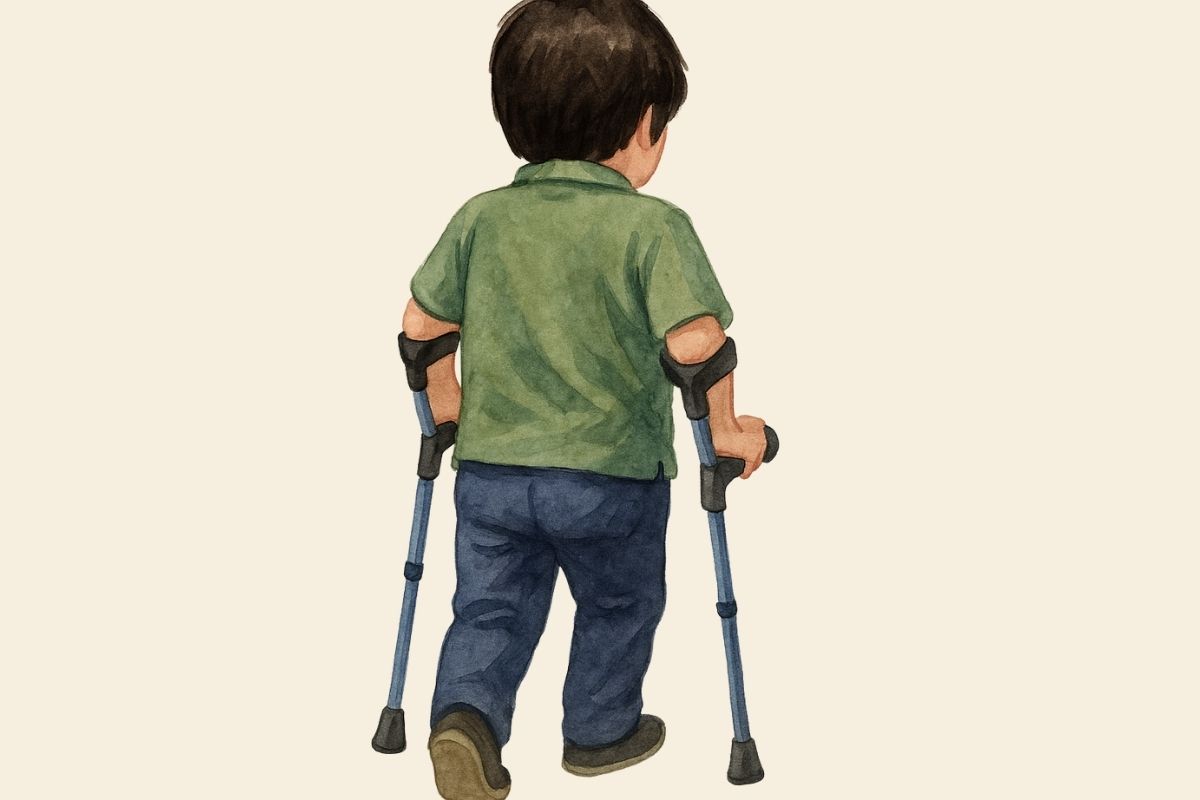Cerebral Palsy and Orthopedic Approach
Cerebral palsy (CP) is a permanent but non-progressive disease that occurs when brain development is damaged during pregnancy, birth or the first five years of life. Although there is no progressive damage, it can be seen in the whole body, especially the musculoskeletal system, with secondary problems that tend to worsen over time. Children with CP often have increased spasticity (muscle tone, joint stiffness (contracture), spinal curvature (scoliosis), hip dislocation, crouch gait knee, foot deformities, elbow dislocation and impaired hand and upper extremity functions.
Orthopedic management of CP requires a multidisciplinary approach. At this point, multicomponent teamwork, especially pediatric physiotherapists, pediatric neurologists and pediatricians, is of vital importance. Physical therapy and rehabilitation programs are the basic building blocks for individuals with CP to strengthen their muscle coordination, increase their joint movements and support their independent mobility. The use of orthotics (orthopedic devices) contributes to the development of walking and balance skills.
In advanced cases, surgical interventions may become inevitable. Procedures such as muscle release (tenotomy), muscle transfer, deformity-correcting bone surgeries, hip reduction and scoliosis surgeries can be planned. In addition, botulinum toxin injection may be preferred as an effective non-surgical method to reduce spasticity.
Early diagnosis, family education and regular follow-up are the most important factors determining the quality of life of children with CP.
